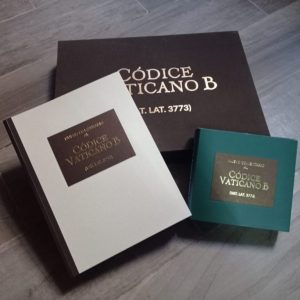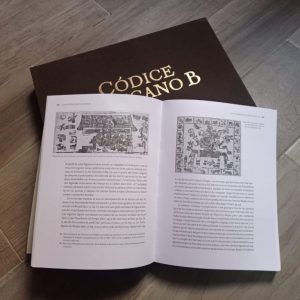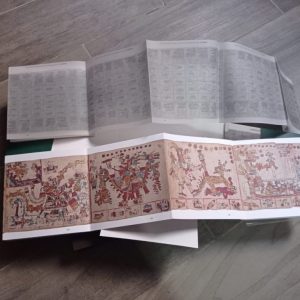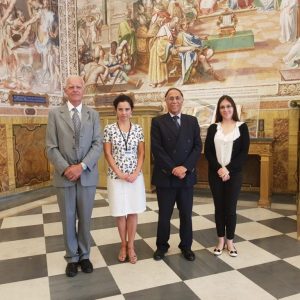What was the Aztec calendar? What gods did the Aztecs worship? How was it recognized that a given day was suitable for agricultural work or marriage? Answers to these and other questions are available in the pre-Hispanic manuscript known as “Codex Vatican B (Vat. Lat. 3773)” manuscript. An international team of academics — led by Prof. Katarzyna Mikulska from the UW Faculty of Modern Languages — present a scientific publication of this pre-Columbian document, kept at the Vatican Library. This publication is one of the most important research projects that have been carried out so far within the Polish-Mexican cooperation.
The “Codex Vaticanus B” is a document from the Borgia Group of manuscripts having illustrated information on the Aztec 260-day calendar — tonalpohualli. It is one of the preserved books from ancient Mexico providing information about the history, genealogy, rituals, and beliefs of the indigenous people of Mesoamerica.
“Codex Vaticanus B (Vat. Lat. 3773)” is a divinatory book. It is composed of almanacs dedicated to collect information related to the days of birth, marriage, agricultural almanacs, and weather. However, it primarily presents information about divine forces that affect specific days or periods, determining if and what activities could be performed in those moments,” says Prof. Katarzyna Mikulska, head of the project from the Institute of Iberian and Ibero-American Studies at the University of Warsaw.
The Codex was created most likely in an intercultural region on the border of the modern states of Puebla and Oaxaca, several decades before the arrival of the Spaniards to the area of present-day Mexico. Like all the divinatory books from the Borgia Group, it was made on animal skin, covered with gypsum or other calcium compounds. From the content of those manuscripts, we can learn more about the thoughts, beliefs, culture, and subtle indigenous graphic communication system of central Mexico.
In the “Codex Vaticanus Codex” we can learn about numerous gods, e.g. Tonatiuh – the sun god, Cinteotl – the maize god, Tlaloc – the rain god, as well as about the goddesses of fertility and childbirth – Tlazolteotl, the goddess of water – Chalchiuhtlicue, along with the goddess of flowers and love – Xochiquetzal.
Three parts – one publication
The publication of the manuscript is a joint project of the University of Warsaw, the National Autonomous University of Mexico (UNAM), and the Vatican Library. It comprises three parts:
- A reproduction of a pre-Columbian manuscript – “Codex Vaticanus B (Vat. Lat. 3773)”;
- Mapping of the manuscript with all the drawings with captions in the form of a transparent overlay (also known as “Códice Traslúcido Explicativo” or “Ghost”) by Prof. Katarzyna Mikulska;
- A 600-page commentary “Nuevo Comentario al Códice Vaticano B (Vat. Lat. 3773”), prepared by the international team of Prof. Katarzyna Mikulska, and scientists from Poland, Mexico, Spain, Italy, France, the United States, Guatemala, and Japan.
“The publication is the most comprehensive analysis of the pre-Hispanic Mesoamerican codex so far. It is based on content analysis, a new theoretical and methodological approach, and the results of codicological research (thanks to cooperation with the MOLAB group – Mobile Laboratory from Perugia),” explains Dr. Joanna Gocłowska-Bolek, who on behalf of the University of Warsaw, supported the coordination of the project in terms of the cooperation with UNAM and the Vatican Library. “Thanks to this publication, we can understand how Mexican codices were created, and what role they played,” adds Dr. Joanna Gocłowska-Bolek.







